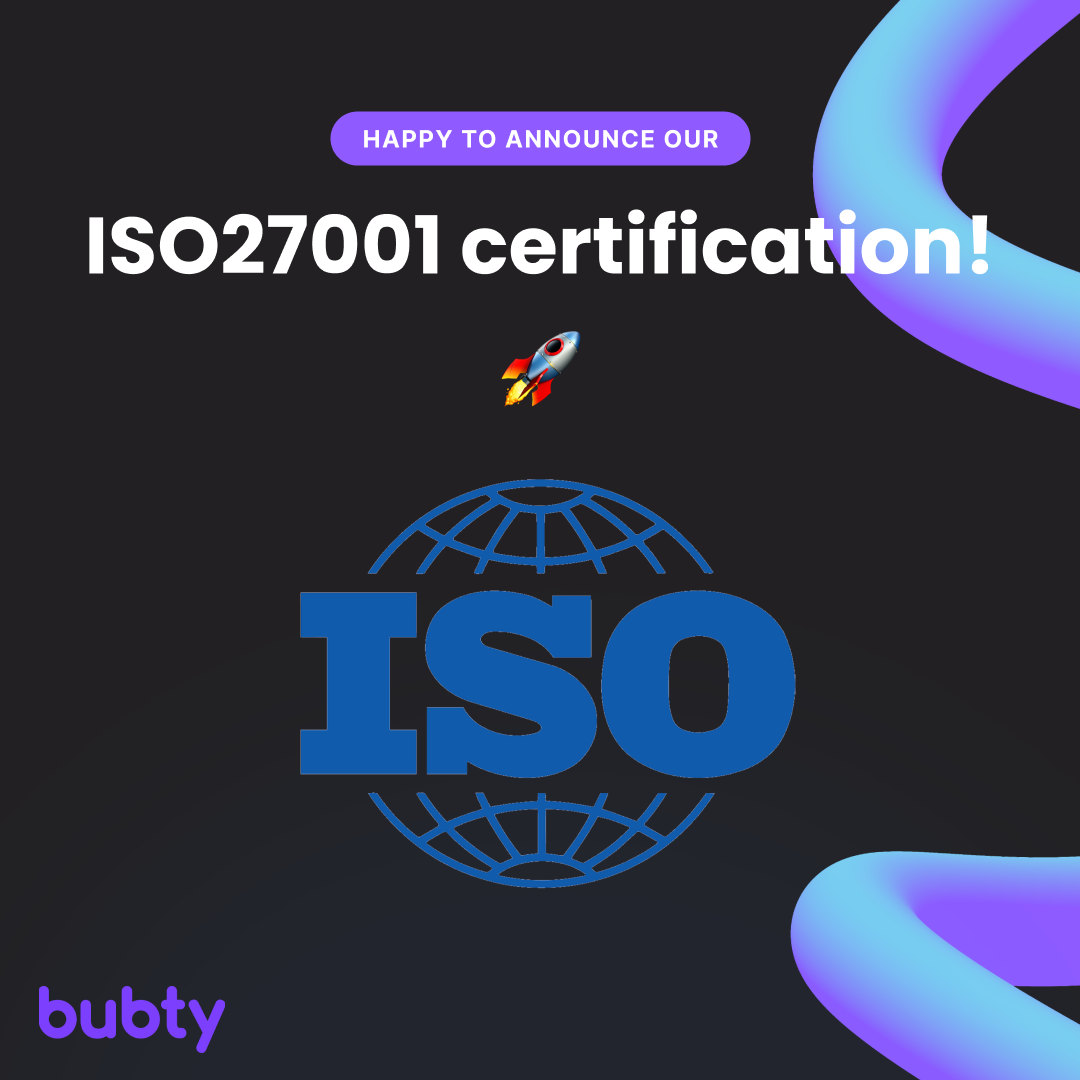As you probably already know, employer branding is multi-faceted:
It’s how your business communicates its vision, values, goals, and culture through everything it does.
It's also your reputation (good and bad) among your contingent workforce, employees, and prospective candidates.
Lastly, it’s also how you market and differentiate your company internally and externally to attract and retain the best talent.
As business leaders and HR managers, the important thing to note about employer branding is that more and more companies are taking it seriously. So much so that as many as 69% of people believe the company they work for has a brand they're proud to support.
But what's the relationship between employer branding and the contingent workforce?
Statistics show an increasing reliance on a contingent workforce. One 2023 study found that 65% of companies plan to increase their contingent workforce over the next two years, and by 2050, it’s estimated that 50% of the US workforce will comprise freelance or contingent workers.
In other words, contingent workers are vital in many organizations and, therefore, part of their story. As such, consistent employer branding, inclusive of the contingent workforce, is essential for attracting high-quality contingent workers to your company and engaging with them as a stand-out employer.
With that said, let's take a closer look at the importance of employer branding in a contingent workforce:
The Role of Employer Branding
As mentioned above, a strong employer brand is critical for attracting and retaining top freelance talent. It stands to reason that a business with a good reputation and a strong employer brand will stand out in a competitive job market, giving them a better chance of attracting and retaining top-quality candidates keen to work with them.
The statistics bear this up, with 86% of people stating they wouldn’t apply to work for or keep on working for a company with a bad reputation.
Of course, there are benefits to developing a robust employer brand, including:
- Nurturing loyalty among your contingent workforce: When workers feel connected to and identify with an employer brand, including its mission and values, they’re likelier to be loyal to their company. The stats bear this out, with one study showing that employer branding correlated with a 22% increase in worker loyalty.
- Establishing long-term relationships with your contingent workforce: Building on the above point, you stand a better chance of retaining talent loyal to your company who are actively engaged with your business’s mission. Interestingly, a strong employer brand can reduce an organization’s turnover by 50%.
- Greater productivity and higher profits: As established, the stronger your employer brand, the more likely your team will be engaged, which pays dividends. In fact, highly engaged teams are 17% more productive, and businesses with an engaged workforce have a 6% higher profit margin.
On top of all the above benefits, it’s also worth highlighting that by offering contingent workers a positive experience through every step of their candidate journey, you stand a greater chance of them becoming ambassadors for your organization. For example, they could:
- Promote you via word-of-mouth to fellow freelancers.
- Leave positive reviews about your business on freelancer and recruiting sites like Glassdoor.
- Want to become more involved in your company culture, participating in activities, and so on. This is great for boosting morale and, ergo, retention.
Pro Tip: If contingent workers leave reviews on review sites, respond to them. Again, this is another way to build your employer brand. As many as 75% of Glassdoor users are more likely to apply to a vacancy where an organization has responded to reviews.
The Risks of Neglecting Employer Branding
Several risks come with neglecting employer branding as part of your contingent workforce strategy.
High-quality freelance or contingent workforce candidates receive many messages from recruitment agencies and employers looking for the best in their field. Faced with such a situation, who will they respond to? Are they more likely to respond to employers with a solid and positive employer brand or one that sends out generic messages that aren’t tailored to the candidate and don’t reflect the company culture?
It stands to reason that as statistics show companies increasingly relying on a contingent workforce, that same workforce will have greater choice and flexibility over where they work.
The bottom line: A robust and identifiable employer brand goes a long way to helping you stand out to top talent in an increasingly competitive labor market.
Mastering Employer Branding
To attract and retain a contingent workforce, follow the steps below to establish a strong employer brand:
Identify your brand values: Be clear about what your brand values are. If you haven’t already, pinpoint at least four characteristics and beliefs central to your brand.
To help you do this, brainstorm with your team. Ask yourself questions like: What values does our brand prioritize? What kind of workplace culture do we want to establish? What perks do we offer our workforce that set us apart from the competition?
It's also worth researching what your customers value and considering how your business aligns with that.
Lastly, you could also analyze your competitors to take inspiration from their values, etc.
Then, use all the above research to identify and shape your brand values.
Ensure a consistent employer brand across all touchpoints: With your brand values at the forefront of your mind, communicate them wherever people interact with your brand - your socials, website, emails, etc. This should include every part of the candidate's journey, including your onboarding and compliance process. After all, consistency is key to building a memorable employer brand.
Meaningfully engage with your contingent workforce: Building on the above, we recommend using a freelance management system that allows for branded communications. Not only does this exude professionalism, but it also goes a long way to reaffirming your brand identity in the minds of your contingent workforce.
While we're on the subject of communication, it's worth stressing the role this plays in establishing an employer brand. For instance, to develop a workplace culture that embodies openness, honesty, and progress, you should encourage candidates and workers to provide feedback.
Embrace Technology and Engagement:
Leveraging technology is key to attracting and retaining talent because it automates and personalizes engagement, creating a sense of community and connection. Turning a static talent database into a dynamic, thriving ecosystem.
Traditional ATS systems, on the other hand, are often limited to tracking applications and lack the interactive and engagement features necessary to nurture and grow a talent community.
So what should you look for?
- Two-way interface: Implement a platform that allows talents to create and update their profiles. This allows them to take ownership of their information, which improves personalization. This will give you an overview of a great talent pool: (Disclaimer: The Nike example is used as an example only)
- Bulk Connection: Use tools that allow you to share new jobs and opportunities with the entire talent pool at once, so they feel at home and stay informed.
Regular communication: Implement a communication strategy with regular updates, newsletters or personal messages. This fosters a sense of community and keeps talent engaged. If your company allows in-app chats, this is a great way to connect with your members:
Another great way to manage quick interactions is by setting up your own Slack community:
Leveraging Bubty’s White Label Technology for Enhanced Employer Branding
If you’re looking to provide a consistent employer brand across all aspects of candidate and contingent workforce engagement, Bubty has the answer.
Bubty offers a Whitelabel talent platform for brands looking to launch an identifiable employer brand that enhances freelancer loyalty. This platform provides a professional all-in-one platform tailored to suit their brand. As well as providing all aspects of freelancer management from one centralized place, it also keeps your brand at the forefront of those using it.
Bubty’s tech can be tailored to fit your company’s branding needs, including:
- Your logo and brand colors: These feature on every communication you have with your contingent workforce, including automated emails and in-platform chats.
- Your own domain: You can host Bubty’s freelance management platform on your own domain name to provide contingent workers with a fully branded experience.
- Customized language packs: Use terminology that reflects your brand, such as “freelancer,” “contractor,” or “assignment,” “project,” and so on. Your freelance management platform is tailored to reflect your brand’s preferred tone of voice and jargon.
- Custom fields: Collect the data you need from users with custom fields that fit your business’s unique requirements.
- Custom onboarding builder: Bubty creates a tailored onboarding experience to complement your specific brand, business model, and user needs, helping you connect with workers from the very start of their journey with your business. This includes ensuring all compliance-related documents are branded and securely digitized.
- Your own customized mobile application: Collect the data you need from your users with custom fields that fit your unique business requirements.
The above features not only streamline the operational and, therefore, more lengthy aspects of managing a contingent workforce, but they also reinforce your company’s brand identity at every step of the contingent worker’s journey with your brand. From onboarding and compliance to everyday communications to submitting and having invoices paid, Bubty guarantees your employer brand remains front and center.
Are You Ready to Prioritize Employer Branding to Attract and Nurture a High-Quality Contingent Workforce?
To summarize, when managing your contingent workforce, employer branding is more than simply aesthetics and another way to market your business. It’s about communicating who you are and what you stand for, both internally and externally.
The importance of employer branding concerning your contingent workforce can’t be understated. Particularly in a climate where more and more businesses are utilizing contingent workers and, as such, competition to secure top talent is fiercer than ever.
Needless to say, a robust and positive employer brand provides greater punching power against your competitors who are also looking to build a reliable talent pool and poach top talent.
Using Bubty’s white-label technology ensures your brand is reflected in all your interactions with your contingent workforce.
Ask yourself: How does my business ensure its brand stands out, and does it do enough to differentiate itself to attract and retain the best freelance talent?
Before answering that, reflect upon your current employer branding strategy for your contingent workforce. Does it do enough?
If the answer is “no,” then talk to Bubty about how its white-label technology can assist your business.











